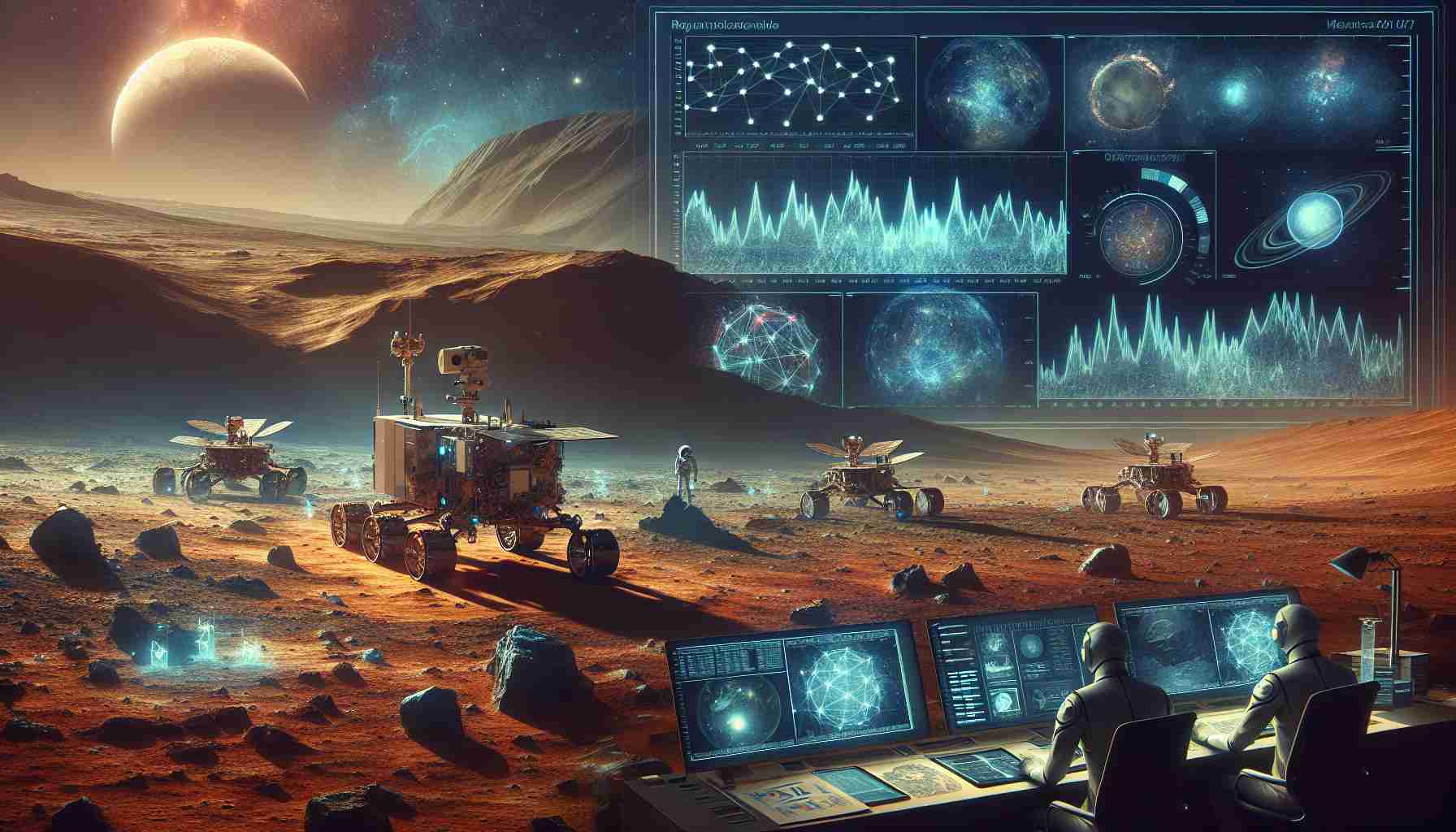The Martian surface holds secrets that hint at past potential for life beyond our planet. Recent analyses reveal tantalizing clues buried in the soil, suggesting fleeting moments of hospitable conditions. These findings challenge our understanding of Mars’ history and its potential as a cradle for alien life.
The resilient Curiosity rover, a tireless explorer of Mars since its arrival in 2012, unearthed samples that shed light on the presence of carbon-rich minerals crucial for life’s building blocks. While current conditions on Mars appear harsh, it appears that bygone eras might have offered brief windows of habitability. The possibility of life adapting to underground sanctuaries remains a captivating prospect that warrants further exploration.
NASA’s examination of Martian soil has uncovered traces of organic compounds and carbonates, with distinctive isotopes suggesting unique environmental conditions on the red planet. The rover’s advanced instruments have brought to light a complex history of carbon and oxygen cycling, distinct from Earth’s familiar patterns.
Rather than discouraging the quest for extraterrestrial life, these revelations invigorate scientists’ pursuit of answers. The potential for ancient atmospheres and diverse climate zones on Mars opens new avenues of investigation. As missions like Curiosity and Perseverance forge ahead, the dream of human footprints on Martian soil draws nearer, promising unprecedented possibilities for discovery.
Additional facts and insights related to the topic of unlocking the mysteries of Mars and past habitability include:
1. Methane Detection: Discoveries of methane sporadically wafting through the thin Martian atmosphere have intrigued scientists, pointing to potential geological or biological sources. The presence of this gas, essential for earthly life, raises intriguing questions about the past or even current habitability of Mars.
2. Mars’ Watery Past: Evidence of ancient river valleys, lake beds, and polar ice caps suggest that Mars was once a planet rich in liquid water. Understanding the history of water on Mars is crucial for unraveling its past habitability and potential for supporting life.
3. Perseverance Rover: The Perseverance rover, NASA’s latest Mars mission launched in 2020, aims to further explore the planet’s geology, climate, and past habitability. Equipped with advanced scientific instruments, this rover is poised to uncover more mysteries about Mars’ potential as a habitable world.
Key Questions:
– What specific conditions were necessary for life to potentially exist on ancient Mars?
– How did the climate and atmosphere of Mars evolve over time, influencing its habitability?
– Are the organic compounds detected on Mars indicative of past life or abiotic processes?
Key Challenges and Controversies:
– Interpreting the origin of organic compounds on Mars presents a challenge, as they could arise from both biological and non-biological processes.
– The harsh surface conditions of present-day Mars raise questions about the preservation of potential biosignatures from the past.
– Determining the extent of Mars’ past habitability and the potential for life remains a subject of scientific debate, with differing hypotheses and interpretations.
Advantages and Disadvantages:
– Advantages: The exploration of Mars provides invaluable insights into planetary evolution, astrobiology, and the potential for extraterrestrial life. Discoveries on Mars could inform future space missions and expand our understanding of habitability beyond Earth.
– Disadvantages: Challenges such as the high cost and technical complexity of Mars missions, limitations of robotic exploration, and ethical considerations regarding potential contamination of Mars with Earth microbes pose constraints on the pace and scope of Martian exploration.
Suggested related links to the main domain:
– NASA Website
– Space.com Website



